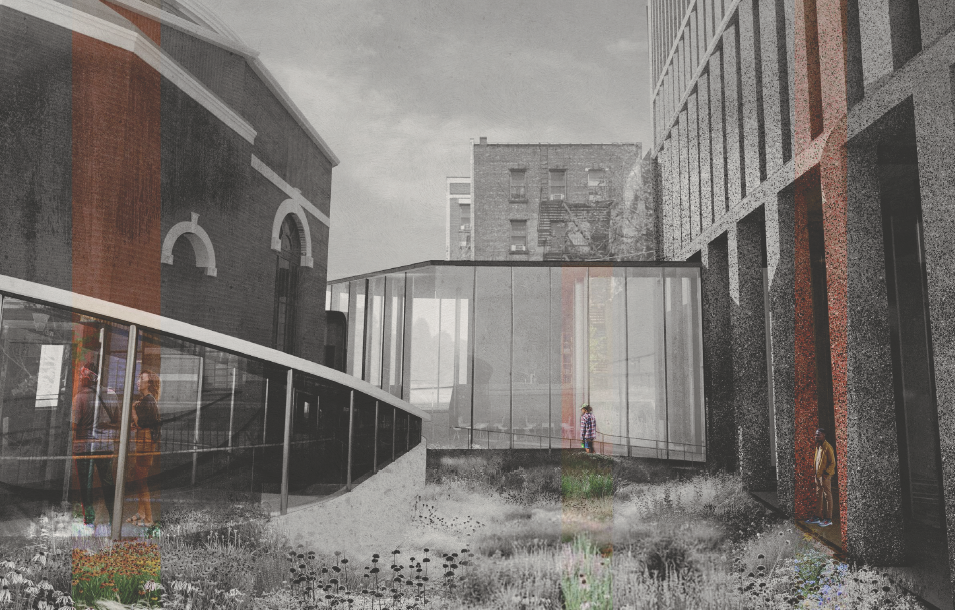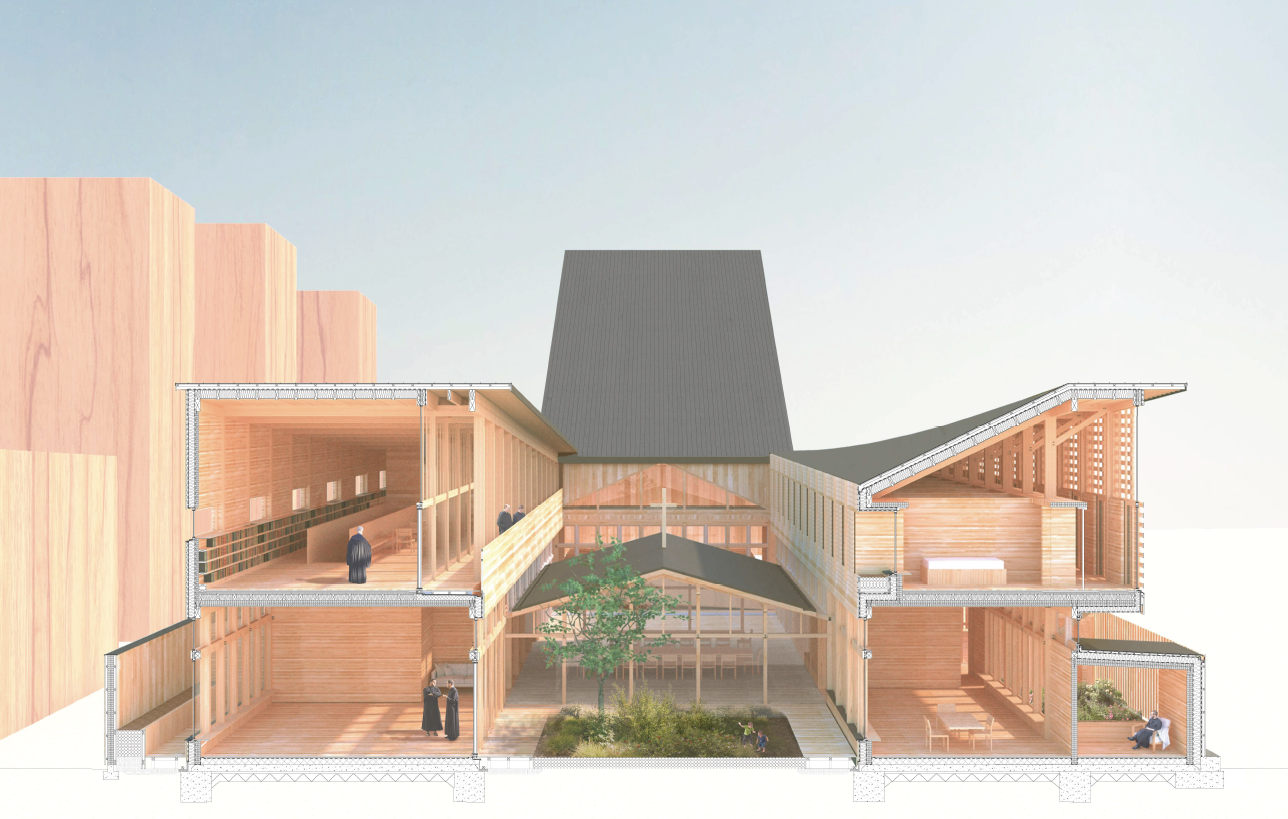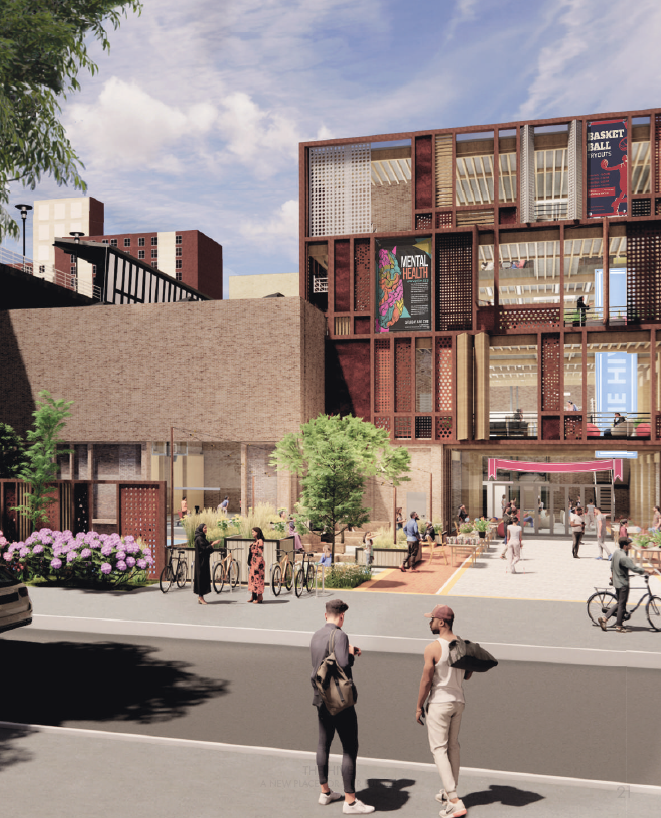Back in July, Chairman and Co-Founder Jai Sanghera had the privilege of choosing the winning entry for Bath University’s annual Environmental design and wellbeing prizegiving event.
All of the participating students were exemplary in their attention to detail and approach at both macro and micro levels, making it a difficult task to narrow down the entries. After much deliberation, the following students were thereby nominated:
———————————————————————————————————————————————————————————

W i n n e r:
Jack Collins – ‘Digital Apatheia’
With the recent isolation, without recourse to interact with our loved ones but through screens, Jack Collin’s Digital Apatheia poses the following question, “technology has benefitted us in a myriad of ways – but at what cost to our mental health?” Is the concept of ‘social media’ now a complete irony and parody of itself? He seeks to both address and redress this.
The inherent historic tranquillity of the existing church is embraced within the restored and that of the new monolith, along with the inclusion of therapy and treatment. Coupled with an urban setting wildflower meadow with all its sensory triggers, these devices all play well on the conscious and subconscious wellbeing.
By restoring and repurposing the church and reusing the existing built infrastructure and basement, this markedly reduces the embodied energy of the scheme along with environmentally friendly interventions such as breathable lime cork plaster.
So, is there a Digital detachment compromise? … for lest we forget, we are by nature, social animals.
 S p e c i a l m e n t i o n :
S p e c i a l m e n t i o n :
Rachel Moberly – ‘The Threshold of Eternal Life’
The pandemic brought home the reality of death in a blunt and unapologetic way shedding a harsh light on the fragility of our existence. The Threshold of Eternal Life gracefully provides the stability and comfort, yearned by humans during such moments. The building is also designed to engage the monks, both in terms of its maintenance and operation.
The publicly accessible monastery is a multi-sensory experience, from the homogeneous visually warm and tactile timber design, to the seasonal garden; a great example of holistic palliative architecture that captures the very essence and significance of wellbeing at the time of death.
Deconstruction and potential reuse of the site beyond the building’s life, is carefully thought through along with environmentally friendly design, from DLT to recycled newspaper.

S p e c i a l m e n t i o n :
Oliver Porteous-Williams – ‘The Hive’
Society has been arguably weakened by recent events and consequently our sense of community has been greatly impacted. The Hive strives to reconnect, reinvigorate and re-establish a sense of belonging and hope and not least of all giving back a voice, to a disenfranchised youth at a time when they are most vulnerable.
The scheme breaks from the unforgiving architectural language of Brownsville with an ever-changing façade, internal landscape experience and internal arrangement that epitomises a community’s wellbeing and spirit with the youth at its heart. It has an infectious and buzzing personality that ripples beyond its boundary.